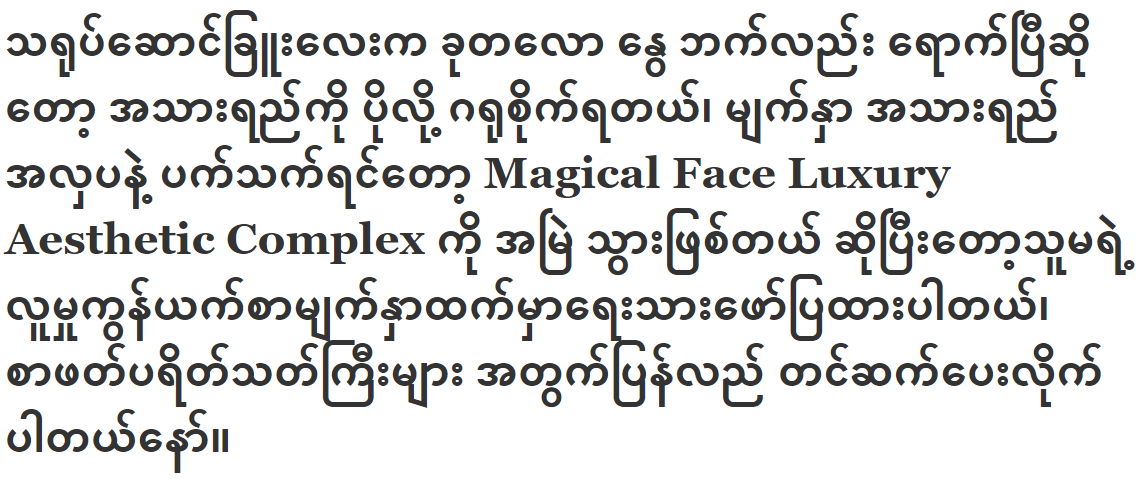







Numerous risks are posed by space weather, from satellite failure to astronaut health. But what if we could produce more accurate space weather forecasts to guide spacecraft clear of such interference and protect personnel from harm? This is what a recent study published Nature Communications hopes to address as they examined how daily and seasonal changes in the Earth’s magnetic shield’s tilt can also cause changes in high-wavelength space waves, also known as Kelvin-Helmholtz waves, with the study referring to it as Kelvin-Helmholtz Instability (KHI).Illustration of the solar wind striking the Earth’s magnetosphere and creating Kelvin-Helmholtz waves, which are breaking waves. Researchers have determined this wave activity is seasonal; with increased activity the spring and fall (equinoxes).






